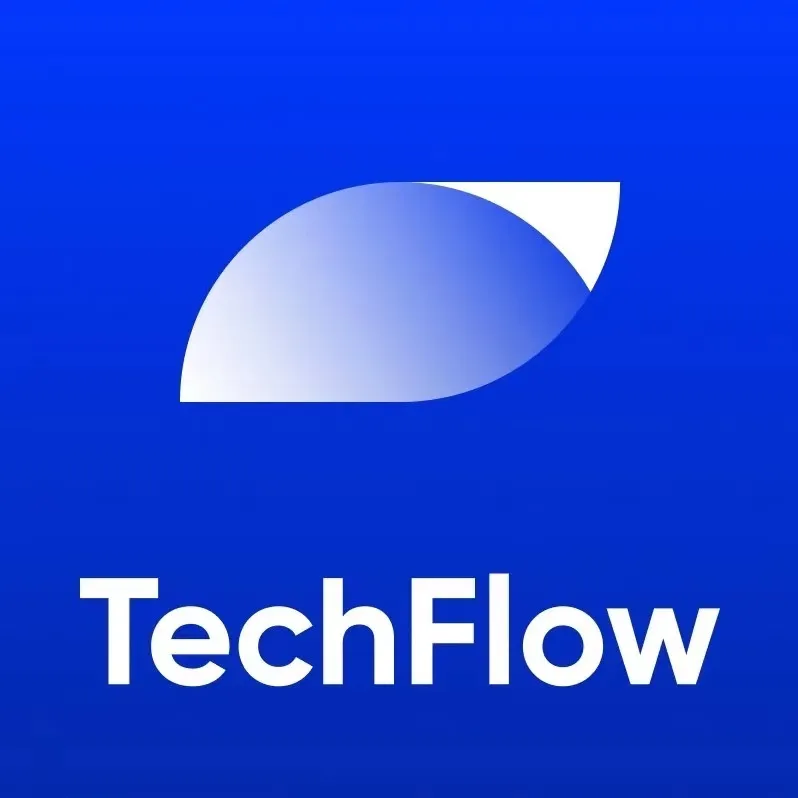Interpretation of the new protocol Analysoor (Zero) on Solana: a new IDO model that addresses the issue of fair distribution
Written by: RiYue XiaoChu
The KOL name suffix starting with the mysterious (0,1) symbol, is it a code or an amazing project?
Zero is an innovative protocol on Solana: aimed at providing fair launches for Meme and NFT and solving liquidity issues.
We look at the fair launch issue through the case of the inscription craze:
Scientists use tools to front-run, batch inscribe, do you think it's fair as a retail investor?
Big players use capital power to monopolize inscriptions, do you think it's fair as a retail investor?
From Ordi, Atom to Rune, inscription projects are changing the way of fair distribution, and the first to set the standard often gets the most crab meat.
Ordi defined the inscription, and the subsequent popularity of inscriptions also established Ordi's status in the community, feeding back into Ordi's market value;
(0,1) is redefining a fair launch token distribution model, and as more projects adopt this distribution model in the future, that value will feed back into the Zero ecosystem;
Zero's Fair Launch Token Distribution Model (Very Interesting)
This is a fair distribution method that excludes big players/scientists through block hash random numbers + participant cost input. Below is an example using Zero itself:
The Solana blockchain produces a block approximately every 400 milliseconds;
If only one valid minting request is selected in each block, it takes about 1 hour and 30 minutes to mint a complete series of 10,000 NFTs;
Each block has a unique identifier called a block hash. This hash value is unknown before the block is confirmed, thus serving as a random number generator;
Method for selecting minting/transaction winners:
First, extract the first digit from the block hash (for example, the 6 from "6MjVseMy2khAe1hXnhwFCMZ6FhzuBpaLaezFYnCxZQuN") to determine the winning transaction;
Then, extract all the digits from the hash (like 6216) and check if these digits are even to determine from which direction to count transactions;
- Specific implementation:
If the digit from the block hash is even, count from top to bottom; if odd, count in reverse;
According to the first digit 6 extracted from the block hash, select the first transaction containing the digit "6";
- The only way to cheat is to make multiple minting requests in one block, but the clever design of (0,1) is that each minting has a cost, making it possible for big players/scientists trying to monopolize the entire block to suffer heavy losses.
(0,1) not only solves the fair distribution issue but also addresses liquidity issues.
All minting fees will be used to provide liquidity for tokens/NFTs:
For SPL tokens, half of the supply is given to valid minters, and the other half is used to create liquidity on AMM;
For NFT series, all supply is given to valid minters, and minting profits are used to establish a Bid wall;
Market Value Comparison
Zero (47M) and Ordi (1.1B)
One (8M) and Sols (100M)
Upcoming Meme(?) and Silly (86M)
Next Project Timeline (Saturday 10 PM Beijing Time)
The (0,1) project team is very playful; in addition to the Zero token and One NFT asset, the project has announced it will issue a Memecoin;
Similarly, as mentioned above, the fair lottery model, each time 0.05Sol + 1zero, the continuous minting process will stimulate Zero buying, with 48.5% distributed to successful minters, and minting will last for 45 minutes;
Additionally, One NFT holders can receive a 3% airdrop of Meme tokens;
Seeing such an innovative fair launch is really exciting; feel free to add any protocols you see using the Zero method for issuance.









